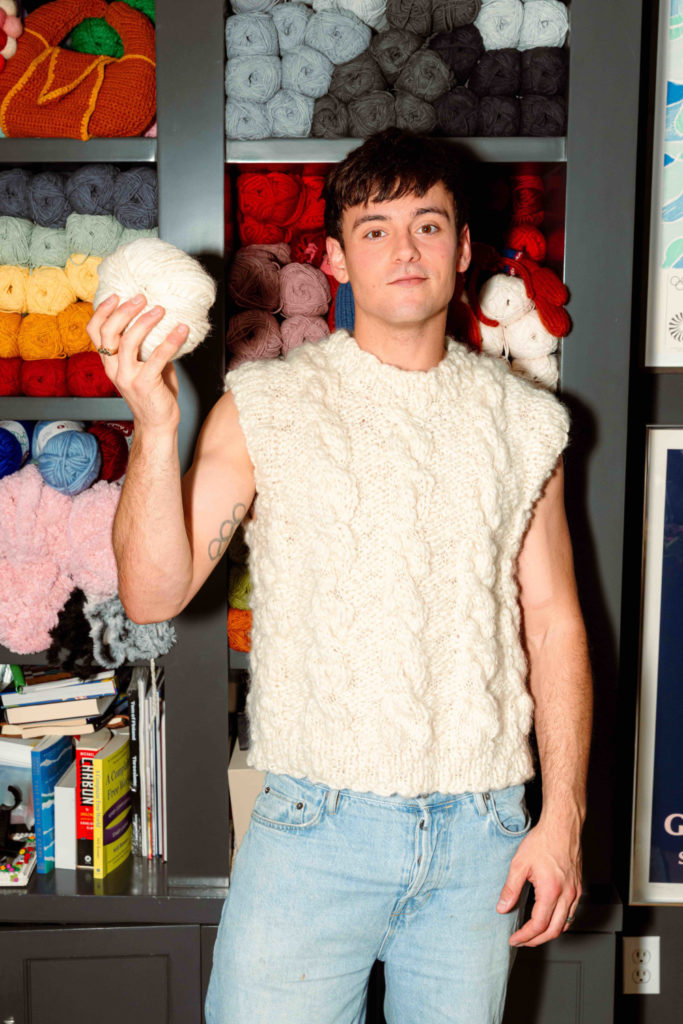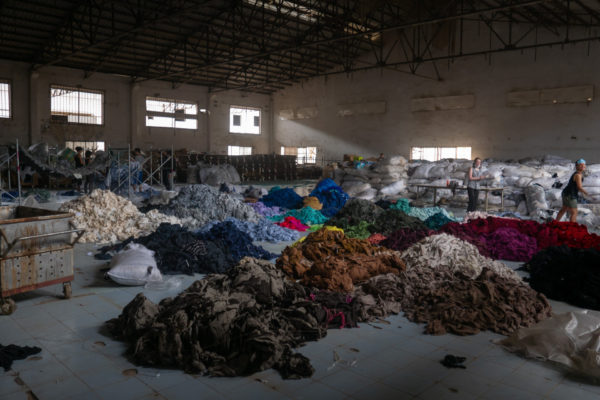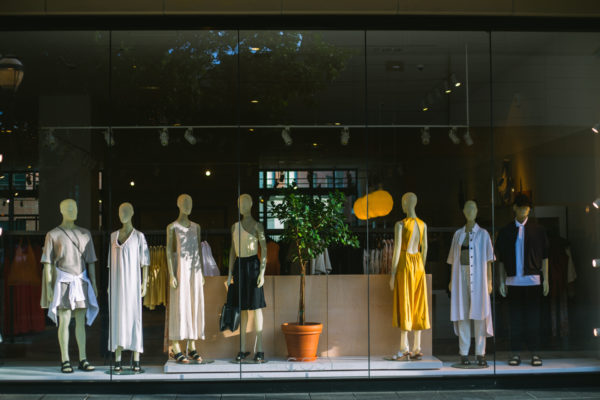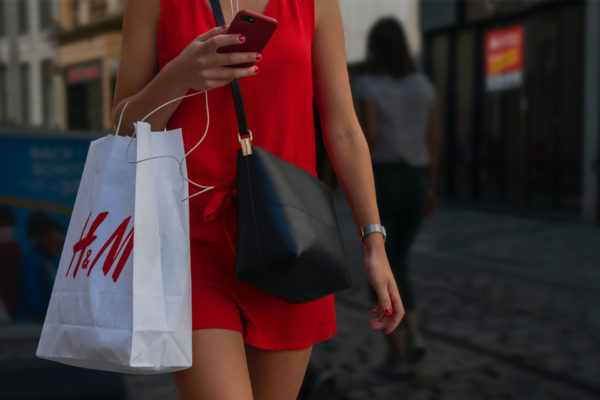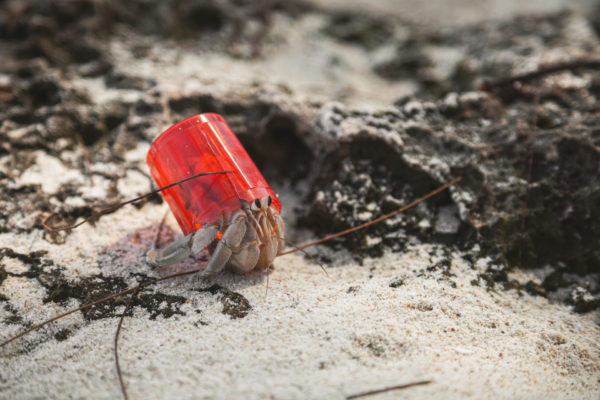Fashion Transparency Index 2023: The Results (& Why They’re Important)
By
2 years ago
Which brands scored high this year?
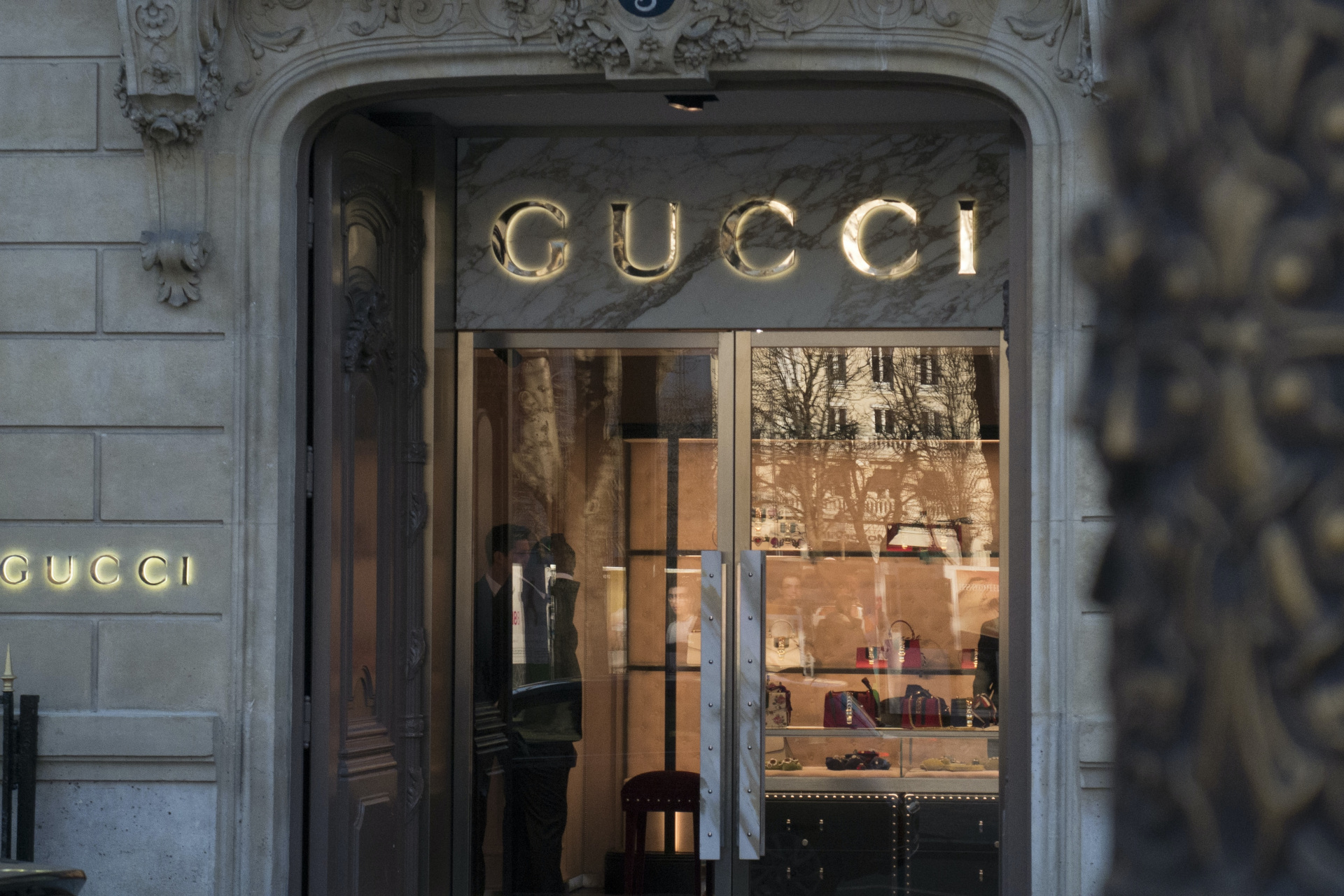
The Fashion Transparency Index is back for its eighth edition this year, outlining how 250 fashion brands are (or aren’t) making information regarding environmental and human rights policies, practices and impacts available to the public. Here are the top scoring brands, and what the results of this year’s index mean.
The Results Of The Fashion Transparency Index 2023 Are In
What Is The Fashion Transparency Index?
The Fashion Transparency Index is a report created in partnership between Fashion Revolution and Ethical Consumer that ranks 250 of the world’s biggest fashion brands and retailers based on their public disclosure of human rights and environmental policies, practices and impacts across their operations and supply chains.
The ranking is based on a questionnaire (which brands are invited to fill out themselves) and publicly available information about supply chain issues. It is not an auditing measure, but more a communication tool that provides a closer look at how much information brands offer up about their supply chains, practices and products – and how much is shared with the public.
The brands selected to take part were chosen for their annual turnover, looking at high street, luxury, accessories, footwear, sportswear and denim brands that turnover more than £400 million. Why these brands? ‘These brands are the biggest brands in the industry with the highest turnover and the most to lose through lack of transparency,’ said Fashion Revolution. ‘And conversely also the most to gain through better practice.’
The first Fashion Transparency Index was published in 2016, with 40 brands taking part. The number has since grown to 250, with many brands taking part year after year so we can see their development on an annual basis. This year marks the eighth edition of the Fashion Transparency Index.
And why focus on transparency specifically? ‘This Index is a tool to push and incentivise the world’s largest fashion brands to be more transparent about their social and environmental efforts,’ says Fashion Revolution. ‘[We] believe that transparency is foundational to achieving systemic change in the global fashion industry, which is why we have been campaigning for it since 2014, and why we created this Index.
‘Transparency is a first step; it is not radical, but it is necessary. When brands publicly disclose information, it allows anyone to scrutinise their policies, hold them accountable for their claims and advocate for positive change.’
Does A High Score Mean A Brand Is Good?
Not necessarily, says Fashion Revolution. While a high score indicates better transparency than a low score, the brand itself won’t be perfect. ‘To be clear, some brands high scores doesn’t mean that they have fully transparent supply chains. They still have a long way to go in working with suppliers down the supply chain right through to raw materials and communicating with the public about their practices and products.’
What Were The Key Findings For 2023?
Small Steps In The Right Direction
The report kicked off with some positive news, as it announced that the average score of 250 of the world’s largest fashion brands inched up by two percent – lifting the average score from 24 to 26 percent. For the first time, two brands scored 80 percent or higher.
It was also noted – again, for the first time – that more than half (52 percent) of major fashion brands disclosed their first tier supplier lists.

(c) Gucci x The North Face
Luxury Brands Were Among Top-Scoring
The luxury sector made a surprising amount of progress in the report, with more luxury brands than ever disclosing their factory lists. Five luxury brands, including Gucci, Armani, Jil Sander, Miu Miu and Prada, saw the biggest increase in score (compared to last year) amongst all 250 brands, with Gucci leading the pack at an increase of 21 percent. Gucci also scored second-highest amongst all brands in the index with an 80 percent score overall.
High (& Low) Scorers
According to the report, Italian brand OVS scored highest on the index with a score of 83 percent, closely followed by Gucci at 80 percent and then Kmart Australia and Target Australia at 76 percent. Both OVS and Gucci have increased their scores since last year, five and 21 percent respectively, while Kmart Australia and Target Australia have both decreased by two percent.
On the flip side, a whopping 18 major brand received a zero percent rating in the index – up from 17 last year. These brands include ANTA, Belle, Big Bazaar, Bosideng, Fashion Nova, K-Way, KOOVs, Max Mara, Metersbonwe, Mexx, New Yorker, Heilan Home, Savage x Fenty, Semir, Splash, Tom Ford, Van Heusen and Youngor.
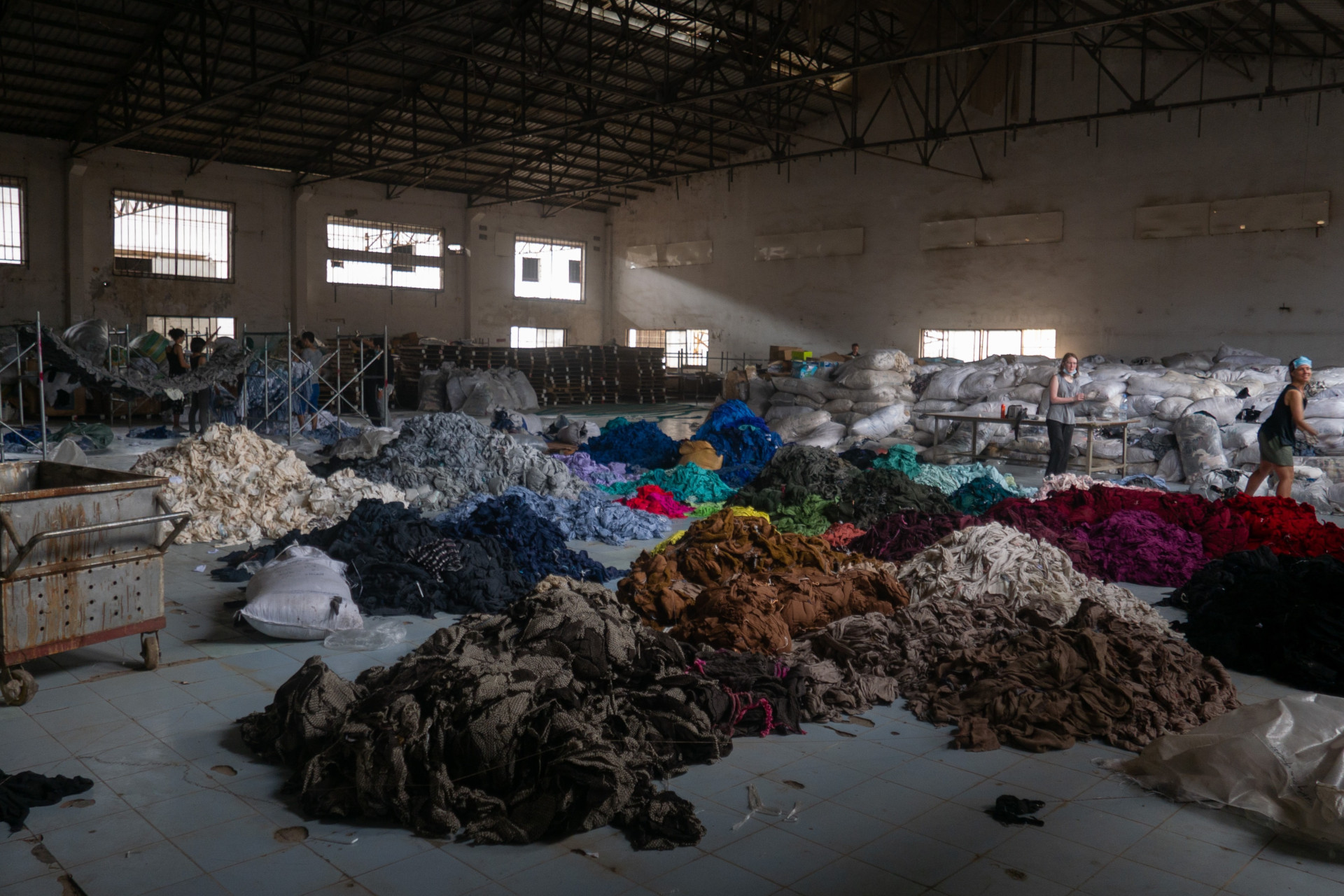
(c) Francois Le Nguyen, Unsplash
Brands Remain Quiet On Waste, Deforestation & The Climate Crisis
It was found that 88 percent of major fashion brands continue to keep quiet when it comes to annual production volumes, which obscures the scale and truth of overproduction. The report also revealed that 99 percent of brands were unwilling to disclose a commitment to reduce the number of items they produce.
And just 12 percent of major fashion brands published a time-bound, measurable commitment to zero deforestation this year, a number which slips down three percent from last year. Only seven percent of the 250 brands have published measurable progress towards achieving zero deforestation.
And in terms of water and chemicals, it was found that just seven percent of brands publish their supplier wastewater test results and 23 percent disclose their process to conduct water-related risk assessments. And while 32 percent of brand were willing to publish their water footprint within their own operations, the number jumps down to 24 percent when it comes to their water footprint at a manufacturing level and four percent at raw material level.
In the spirit of greenhushing, only nine percent of brands shared the actions they are taking to support their suppliers in the switch to renewable energy – while 94 percent of brands continue to not say what fuel is used in the manufacturing of their clothing. As Fashion Revolution notes,’Only two out of 250 brands have shared a commitment to degrowth at a time when the industry desperately needs to slow down and scale back.’
Goals Aren’t Concrete
The index also revealed that, while 51 percent of major fashion brands publish targets on sustainable materials, only 44 percent define what they mean by ‘sustainable’ and only 42 percent of brands shared their progress against their targets.
It was also found that, while 68 percent and 49 percent of brands disclose their approach to conducting humans rights and environmental due diligence respectively, only 37 percent reveal how they consult affected stakeholders and outline the environmental risks, impacts and violations identified.
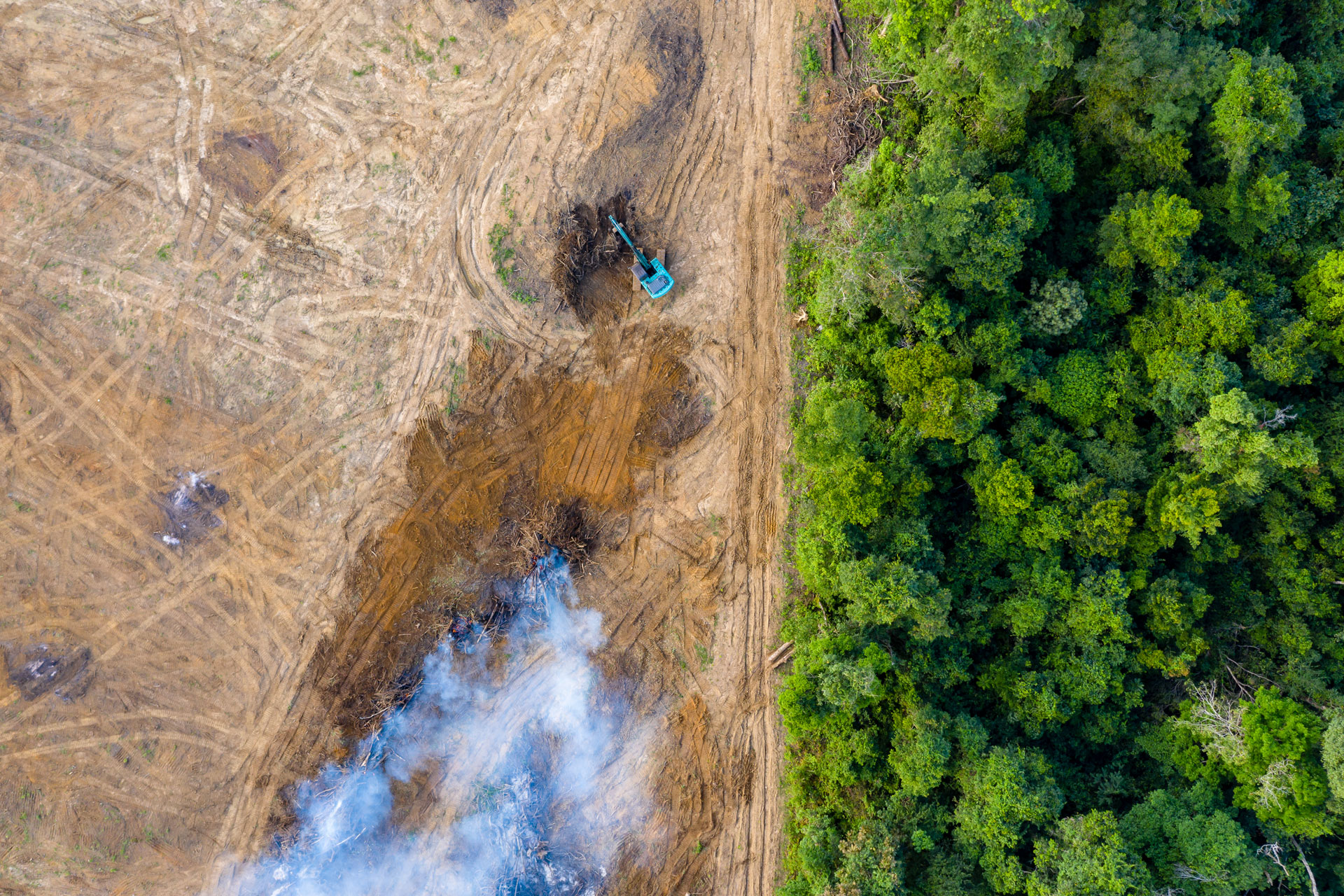
(c) Getty Images
Living Wages Are In The Dark
‘An abysmal one percent of major fashion brands tell us the number of workers in their supply chains being paid a living wage,’ says Fashion Revolution. ‘This finding underlines the urgent need for living wage legislation, which we are actively campaigning for through Good Clothes, Fair Pay. Learn more and sign your name in support here.’
There’s Still A Long Way To Go
The biggest (and perhaps most obvious) finding was that overall progress on transparency remains too slow. While the average score may have gone up, it should be noted that 70 of the 250 brands involved still score within the zero to 10 percent range – a slight improvement from last year’s 32 percent, but still too high given the time frame.
And while more brands are disclosing their suppliers, the Traceability section of the report scored just 23 percent, with just under half of brands offering little to no information and scoring between zero and one percent overall in this section.
More Details
You can read the full report as a digital publication at fashionrevolution.org
Featured image: Julien Tondu, Unsplash


